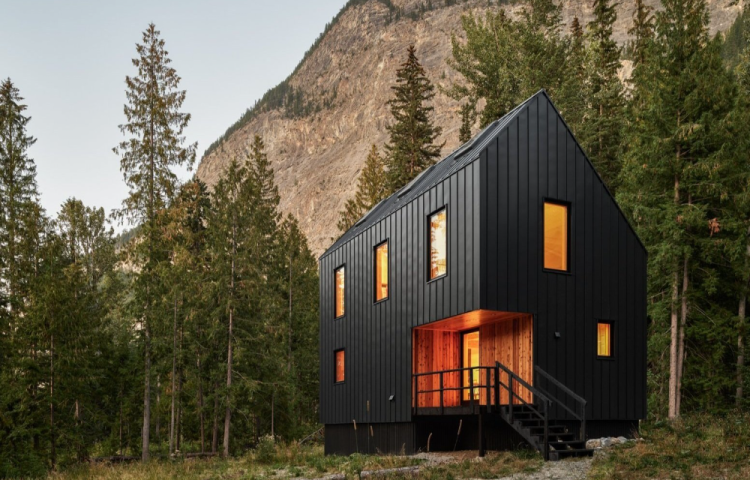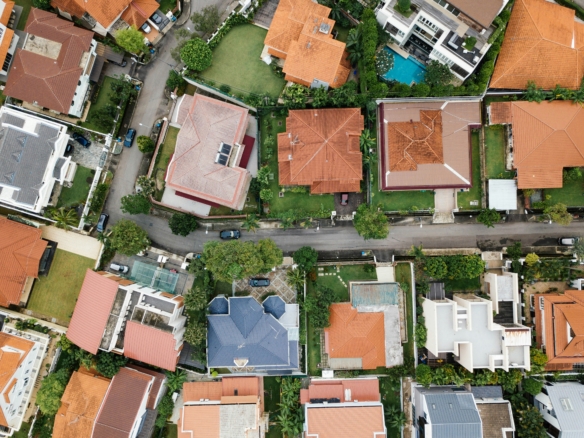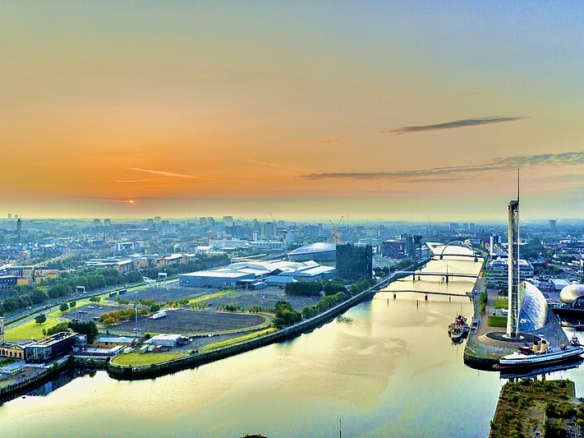Sometimes, it takes more than a massage or a hot bath with essential oils to revitalise our mind, body and spirit. Every now and then, we need to get away to really take a break from the stress of our daily life. A cosy cabin hidden deep in the woods can be a great place to do this. Imagine a comfortable home in a peaceful location, complete with a crackling fireplace and most importantly – tranquillity. No neighbours around. Only you, your cabin and nature. If you’re looking to take a break from your hectic routine, owning a cabin is a wise move.
Owning a cabin may seem like a dream, but opting for a prefabricated cabin could open up your options, meaning your vacation housing dream can become a reality. Here are some great benefits of investing in a prefab cabin.
Design Options
The fact that there are so many customisation options when choosing a premade cabin is certainly a great reason to invest in one to be your vacation home. Making your place more unique will ensure that you and your family enjoy it and get the most out of it. While manufacturers will offer you basic prefab cabin templates, you can choose upgrades and other unique designs.
There are many sustainable solutions for prefab homes. This will not only save you money, but it’s also more energy-efficient. Utility cost savings are the main benefit of choosing a prefab cabin. With such savings, you might be able to purchase a bigger house or piece of land. You can also add a variety of amenities and design components to make your cabin stand out from the crowd. There are several floor plans available, and you may either add elements to your log cabin to make it more aesthetically pleasing or keep it basic and functional.
Efficient Construction Method
Construction is one of the key advantages of choosing a prefabricated cabin. A typical cabin can take a long time to build and is subject to many potential setbacks, which can be expensive in terms of both time and money. Premade cabins may be built faster, allowing you more time to enjoy and create memories.
A prefab home is built in a factory off-site, transported in sections to the building site, and quickly assembled. Because these homes often follow a predetermined architectural pattern, for the most part, the on-site team frequently faces few, if any, challenges when putting the home together. In contrast to the conventional building method, this can lead to a smooth timetable because other services like plumbing and electrical work can be easily planned at the right time and without delays.
The time it takes to build a prefabricated home, from original design to turning the key in the lock, may simply be a few weeks, or months. Actually, setting up a traditional building site for construction can take longer than constructing an entire prefabricated home. This is partially due to the fact that prefab sections may be cut and put together indoors without the risk of delays brought on by inclement weather.
There will also be fewer unpleasant surprises once you move in because the majority of the work is completed off-site in a weather-proof factory, where damage from rain, animal mischief, and other causes is much less of a concern.
Reduced Construction Costs
Cost is for many people, one of the main considerations when building a cabin. The design, the materials used, the quality level of the plumbing and electrical systems, the level of craftsmanship, warranties, etc, are all factors that can impact the investment to build your dream cabin.
The affordability of the cabin structure makes it possible to focus your finances more on property and location than being limited to trying to find one. The necessity for subcontractors is first and foremost diminished or eliminated by this construction model. Second, the quicker building of prefab homes may result in lower site overhead and construction management expenses.
The majority of manufacturers build these structures through automated, standardised methods. Cost savings are produced by this aspect alone. Additionally, module assembly calls for a less experienced workforce, which can further reduce costs.
Greater Stability
The contrary may seem true, but prefab cabins are much more stable than traditional log cabins. In addition to having a framing construction that makes them considerably stronger, prefab homes also don’t rely on one piece of wood from splitting or breaking to protect the interior from the weather. Furthermore, to resist the process of being transported from their manufacturing plant to the construction site they require a higher level of durability than log cabins constructed on-site and undergo more regular quality testing along the way.
Ideal for Remote Locations
People who live in distant areas frequently choose modular construction. Anyone wishing to have a vacation home in the wilderness may find it to be a nice choice as well. It can be challenging to find contractors ready to stay at your location for months if it’s a distant area. You won’t have to be concerned about these problems with a prefab home. You can get in touch with a building company that is kilometres distant from you to have your house built all in one place.
Things to Keep in Mind Before Buying a Prefab Cabin
It goes without saying that you need to have a place for your prefab cabin. The plot of land will have to be big enough to fit the building and any outside living spaces you might have. This does not imply, however, that you must have a large amount of space to have your own cabin. For individuals who want to appreciate nature with little environmental impact, modest cabins are perfect. These tiny homes could be only a single room or a grouping of several modular cabins that are built near to one another to form a small cabin community.
You’ll also want to ensure that the manufacturer you choose uses only high-quality materials in the construction of their prefab homes and provide top-notch service, follow-up or aftercare services, and a warranty. The company should also provide delivery, installation, and clear instructions on what to expect.
To open the lines of communication and feel more assured about your purchase, it is a good idea to get in touch with the designers of the cabin you intend to acquire in advance. In general, make every effort to build a good working relationship with the cabin manufacturer before, during, and after you buy. Asking other prefab homeowners for recommendations on local builders is another option.




